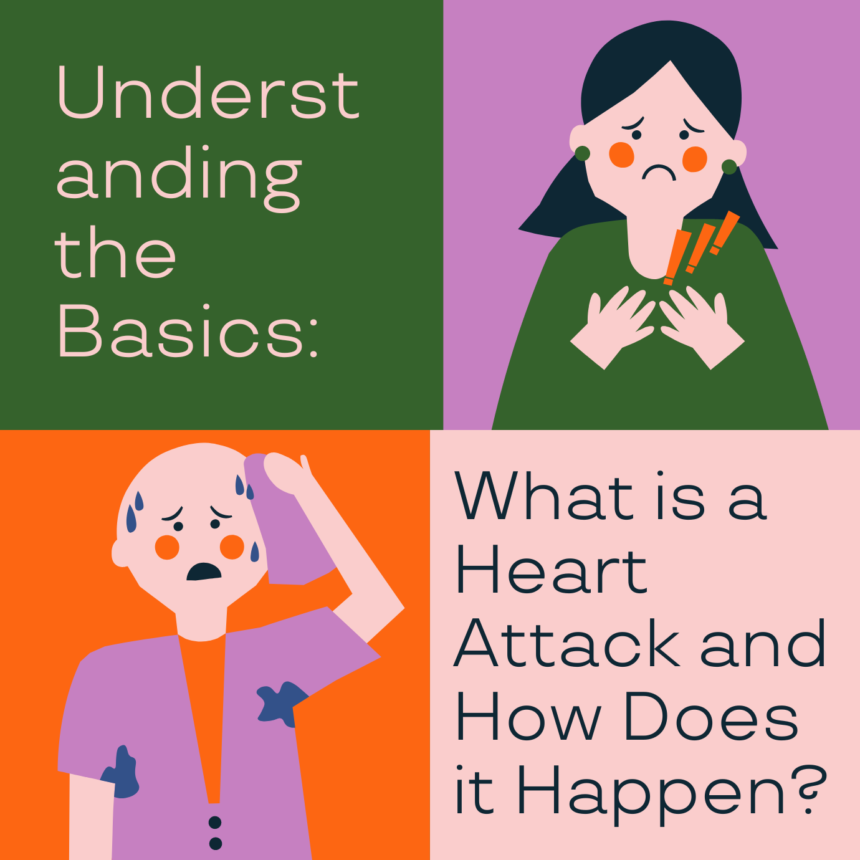A heart attack, also known as a myocardial infarction, is a serious medical condition that occurs when the blood flow to the heart muscle is obstructed or severely reduced. This disruption in blood supply typically results from the buildup of plaque in the coronary arteries, which are responsible for carrying oxygen-rich blood to the heart. When a plaque ruptures, a blood clot forms around it, obstructing the artery and leading to a heart attack.
During a heart attack, the heart muscle becomes deprived of oxygen and nutrients, causing it to suffer damage or die if left untreated. The most common symptom of a heart attack is chest pain or discomfort, often described as a crushing or squeezing sensation. However, it’s important to note that symptoms can vary, and some individuals may experience atypical signs such as shortness of breath, fatigue, or pain in the jaw, neck, or arm.
Immediate medical attention is crucial in the event of a heart attack. If you or someone around you experiences symptoms, call emergency services right away. Treatment options may include medications to dissolve the clot, procedures like angioplasty to reopen the blocked artery, or, in severe cases, coronary artery bypass surgery.
By understanding the basics of a heart attack, you can recognize its symptoms and seek prompt medical help. Remember, time is of the essence when it comes to saving lives during a heart attack.
